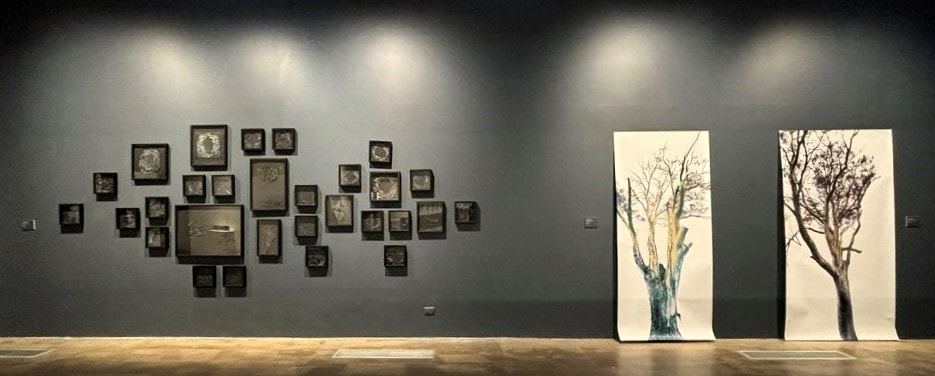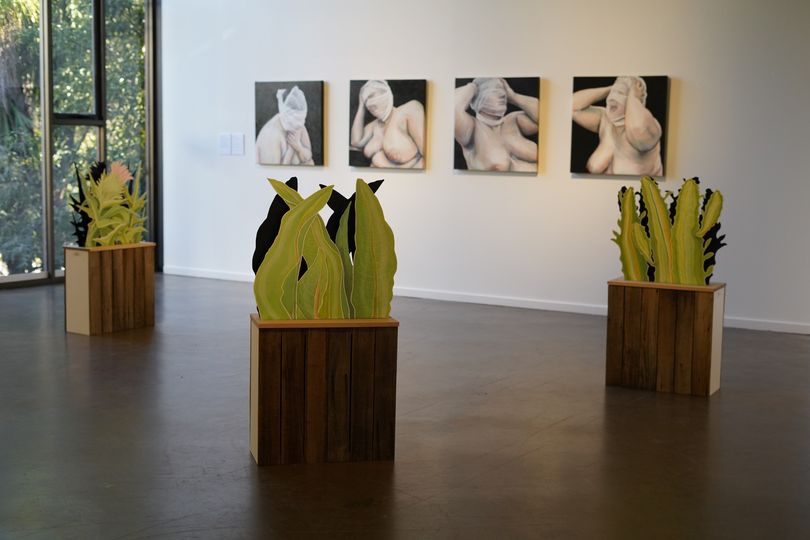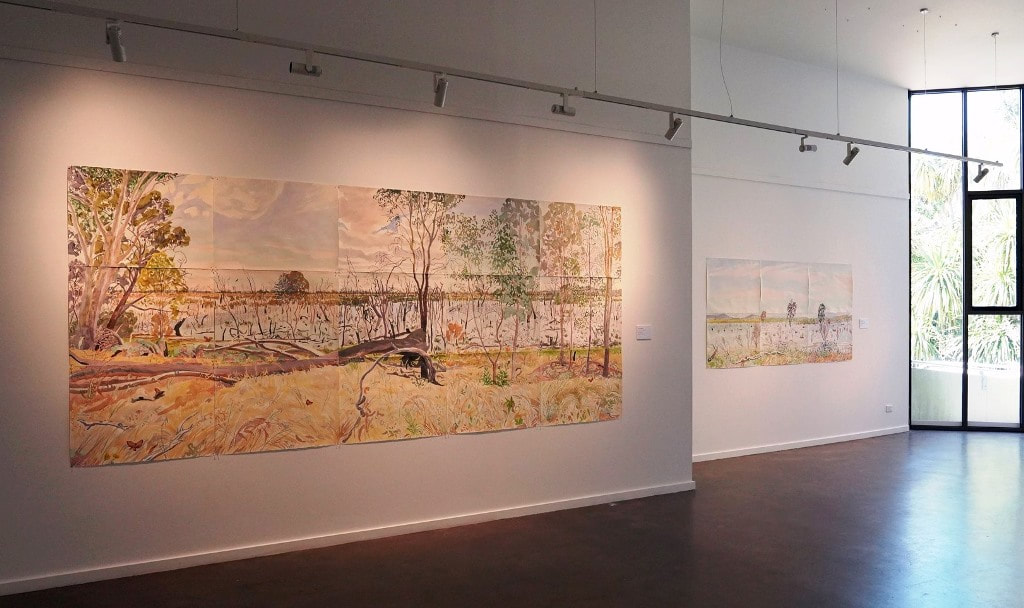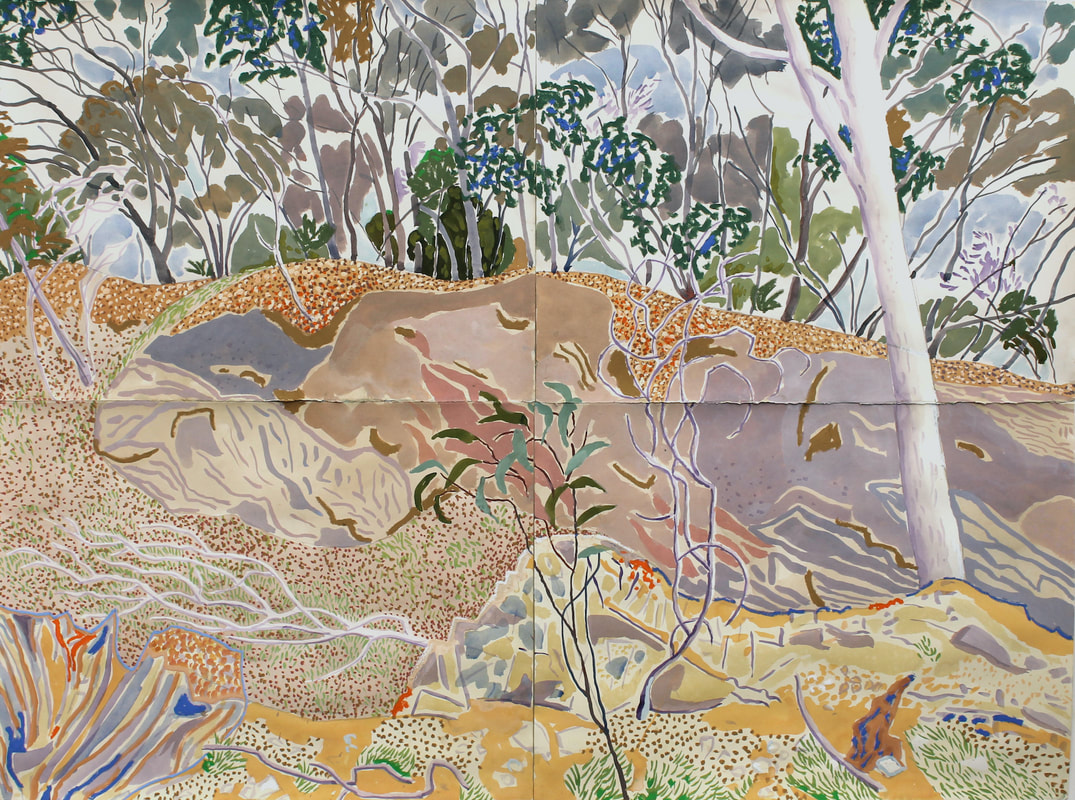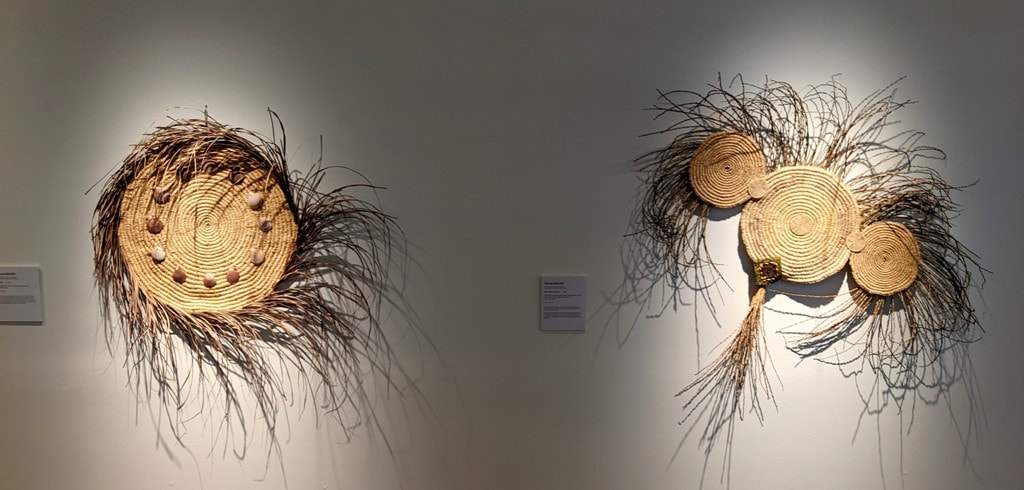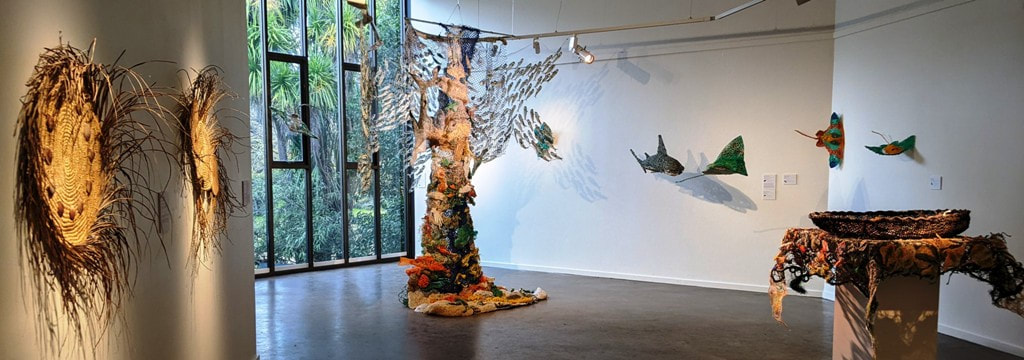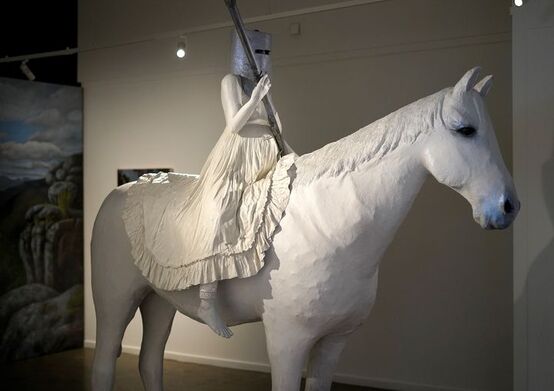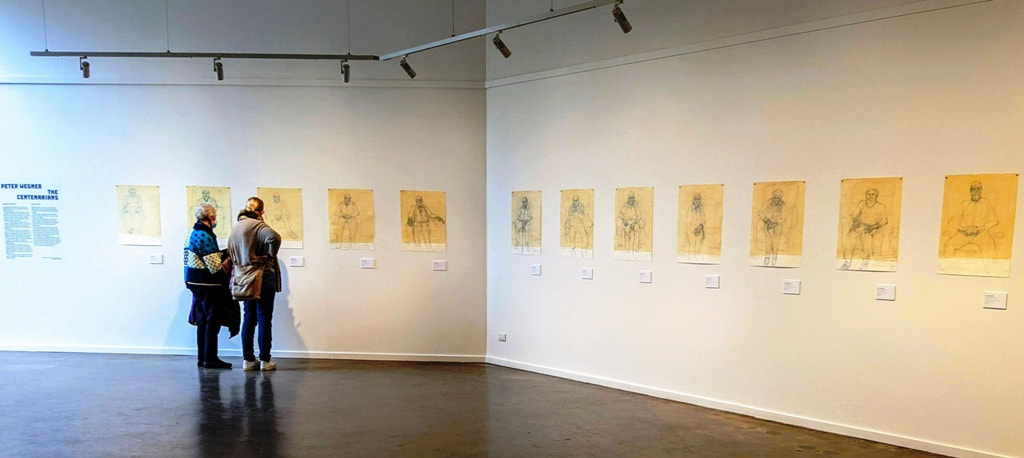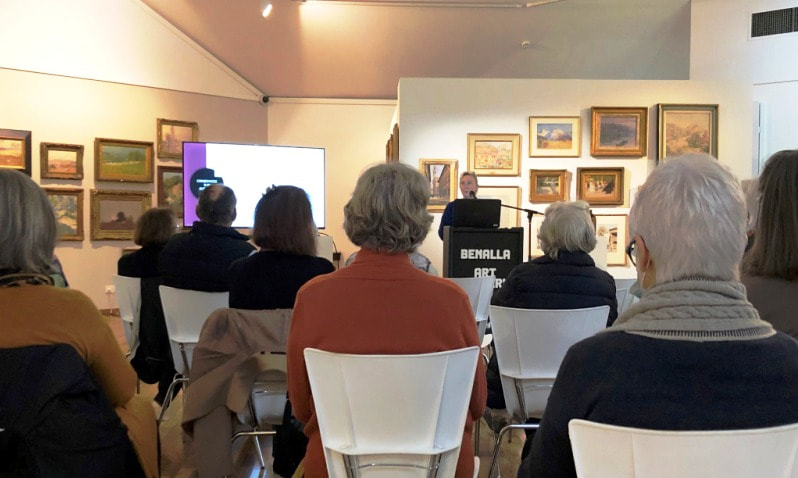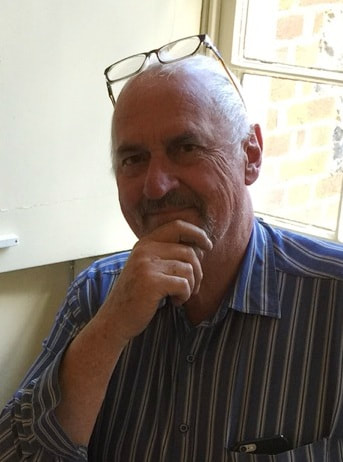On Monday 5 August at 10am August, coinciding with her exhibition, Growing up with you, join artist Mimi Leung for a talk which she explores her illustrative practice and reflects on how her attitudes to art and her own practice have changed as she has grown up and had children. Now based in Shepparton, Mimi was born and grew up in Hong Kong, studying graphic design then completing an MA in Communication Art and Design in 2007 at the Royal College of Art. A multidisciplinary artist working across drawing, animation and illustration, Mimi’s work “explores identity, belonging and using art to understand and transcend the mundanity of daily life.”
Neville Gibb

